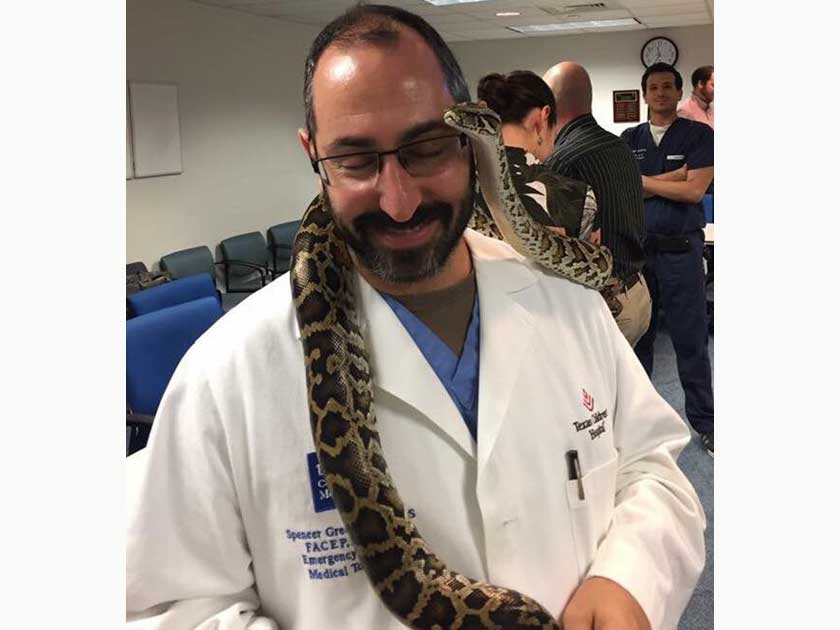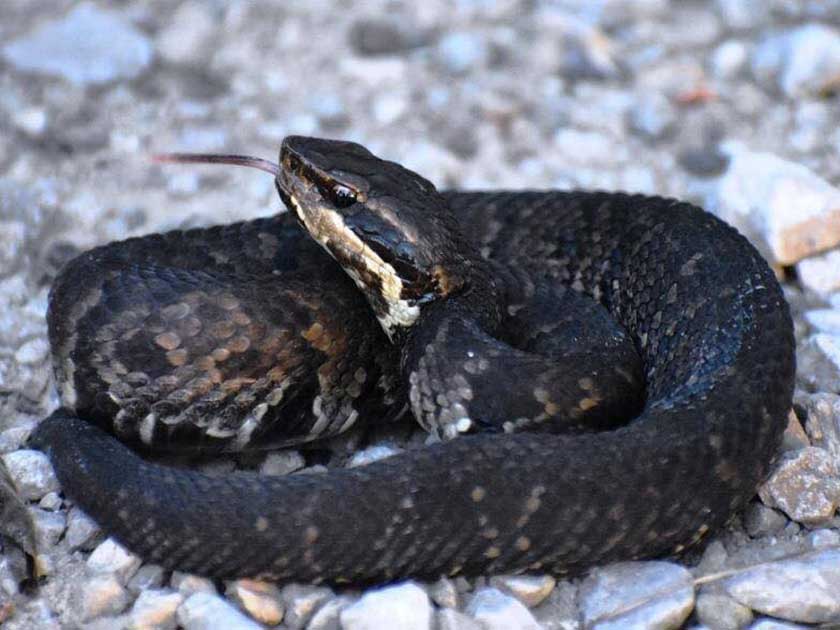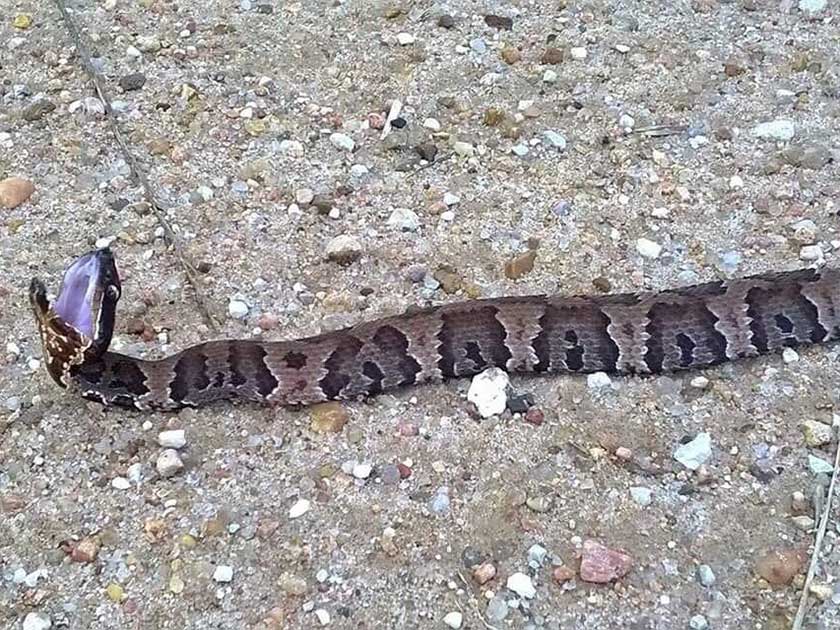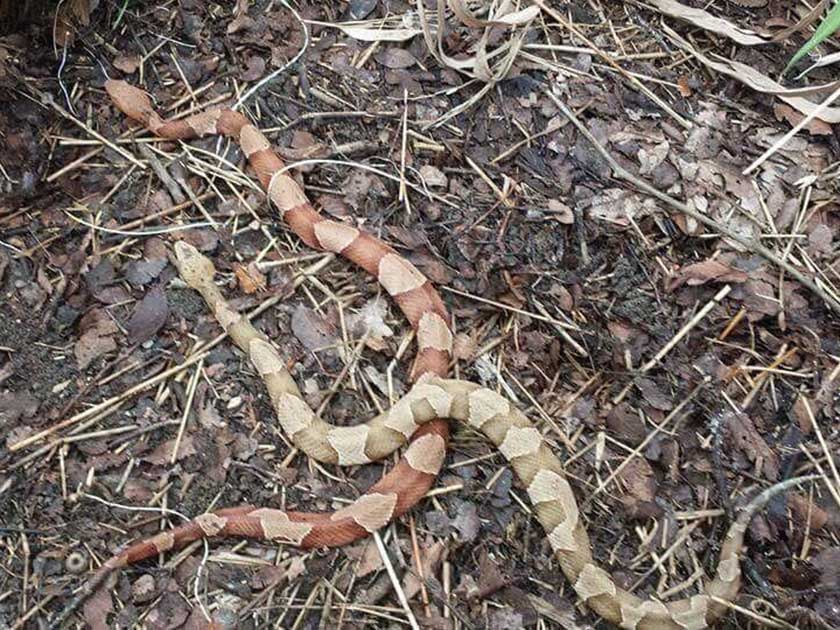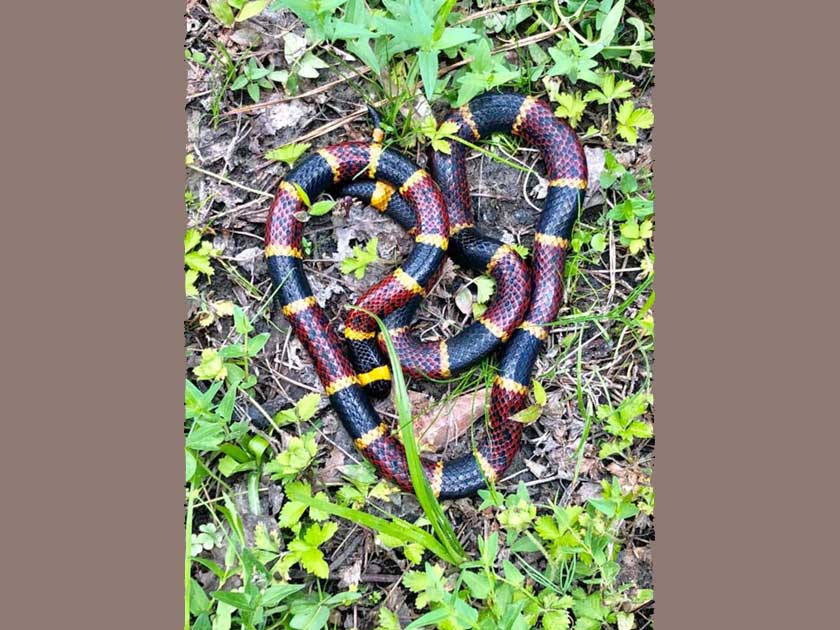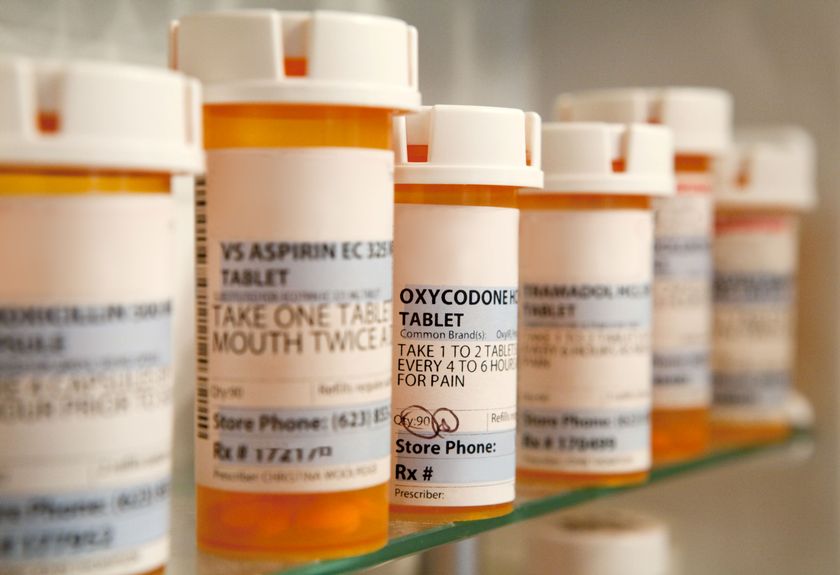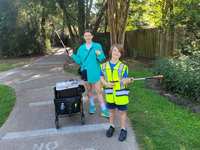- Sections :
- Crime & Public Safety
- Restaurants & Food
- Sports
- More
Categories
Need some snake advice? An interview with Doctor Greene
THE WOODLANDS, TX -- On Facebook, in post after post people urgently ask for advice. “Can you identify this snake?!” or “What should I do? I found a snake on my back porch!” Here in Texas, these slithery serpents are a subject not to ignore. Who knows when you might find yourself in the same alarming situation as many others in your neighborhood! So the question arises, what should we know about our scaly, reptile friends?
Thankfully, we have plenty of educated people to turn to for questions like these. Some basic, yet vital, information can go a long way. Doctor Spencer Greene, director of medical toxicology and assistant professor at Baylor College of Medicine, is among those.
“I have a BA in biology and psychology,” Doctor Greene said, “an MS in immunology, a MD, and board-certified in both emergency medicine and medical toxicology … I fell in love with medical toxicology.” His draw toward this line of practice started over 12 years ago.
“I went on active duty with the U.S. Air Force, and when I was deployed to Iraq, I began studying the local fauna (I had a lot of downtime). I became fascinated with envenomations. It’s been my professional passion since 2007,” Doctor Greene said.
Experts, like Doctor Greene, obviously know how to identify snakes, determine if they are dangerous, and correctly deal with them. However, most of us don’t have the ability to go to school so that we are prepared for facing serpents slithering around rampant. Instead of years of school, simply keep these thoughts in mind.
“Studies show that most people cannot distinguish a venomous snake from a non-venomous snake, so people should just leave all snakes alone,” Doctor Greene said. Ideally, we would learn to identify every venomous snake out there, but how realistic is that? Just stay away from them all! Better safe than sorry.
Ophidiophobia (the fear of snakes) is a real thing. But why? Are snakes evil, devilish creatures?
“Let them do their thing. No snake wants to harm you,” Doctor Greene said. No, snakes are not sinister; they just look a bit frightening. Don’t let their beady little eyes get in your head.
Unfortunately, around these parts, there are quite a few species to be on the lookout for. Texas is known for having a wide variety of venomous reptiles.
“In Houston and the surrounding areas, we have copperheads, water moccasins (also known as cottonmouths), a few varieties of rattlesnakes (Timber rattlesnake, Pygmy rattlesnake, and Western Diamondback) and coral snakes,” Doctor Greene said.
Okay, so we know to stay away from snakes, but in the case of a bite, what should one do? Here are some tips from Doctor Greene:
- Get away from the snake. No need to hurt the snake just because you’re angry.
- If you can safely and quickly get a picture of the snake, that’s great. But don’t waste your time or risk a second envenomation.
- Remove constrictive clothing and jewelry.
- Keep the affected extremity at or above heart level.
- Get to an appropriate facility as soon as possible.
Of course, everyone still wants to go hiking, teach their son how to play baseball, and just enjoy the outdoors. Don’t go lock yourself indoors after reading this. That is not necessary.
“Most bites result from unintentionally invading the snake’s area. So it’s important for people to watch where they step and where they stick their hands. Keep the grass cut low. Remove any debris on your property. Just be aware of your surroundings,” Doctor Greene said. It seems we must use good judgment. Go outside, but keep in mind you are not alone out there.
The next time you encounter one of our native snakes, think twice. Remember simply to avoid them if at all possible. They don’t want to hurt you, but they will.
Want some more information? Check out these websites, written by Doctor Spencer Greene himself.
https://wsed.org/seriousness-of-copperhead-envenomations/?fbclid=IwAR15H4IdIHmkfKM2nJIbu1BKSZYV3BZuRF8XTWny70xnxZjVUXVyD9P1GiA
https://wsed.org/snakebite-management-pre-hospital/?fbclid=IwAR3XFE52u-WV_n0bSPBMVaxkKZ18--ABV9Rl0UoAAi_RGzlUJwjhcIlstao
https://wsed.org/snakebite-management-in-hospital-pit-vipers/?fbclid=IwAR1elCIjFaxU_u8sto79uqttEjsKvYE_jFnYscKp-awQN7RN218GlGcV6lQ
https://wsed.org/coralsnake-envenomations/?fbclid=IwAR2jmn6dI0LlbJmVxVCzxTQQknMzYx0Tfxu5nF0-wAI0F5CXrIUMR549oNI
Thankfully, we have plenty of educated people to turn to for questions like these. Some basic, yet vital, information can go a long way. Doctor Spencer Greene, director of medical toxicology and assistant professor at Baylor College of Medicine, is among those.
“I have a BA in biology and psychology,” Doctor Greene said, “an MS in immunology, a MD, and board-certified in both emergency medicine and medical toxicology … I fell in love with medical toxicology.” His draw toward this line of practice started over 12 years ago.
“I went on active duty with the U.S. Air Force, and when I was deployed to Iraq, I began studying the local fauna (I had a lot of downtime). I became fascinated with envenomations. It’s been my professional passion since 2007,” Doctor Greene said.
Experts, like Doctor Greene, obviously know how to identify snakes, determine if they are dangerous, and correctly deal with them. However, most of us don’t have the ability to go to school so that we are prepared for facing serpents slithering around rampant. Instead of years of school, simply keep these thoughts in mind.
“Studies show that most people cannot distinguish a venomous snake from a non-venomous snake, so people should just leave all snakes alone,” Doctor Greene said. Ideally, we would learn to identify every venomous snake out there, but how realistic is that? Just stay away from them all! Better safe than sorry.
Ophidiophobia (the fear of snakes) is a real thing. But why? Are snakes evil, devilish creatures?
“Let them do their thing. No snake wants to harm you,” Doctor Greene said. No, snakes are not sinister; they just look a bit frightening. Don’t let their beady little eyes get in your head.
Unfortunately, around these parts, there are quite a few species to be on the lookout for. Texas is known for having a wide variety of venomous reptiles.
“In Houston and the surrounding areas, we have copperheads, water moccasins (also known as cottonmouths), a few varieties of rattlesnakes (Timber rattlesnake, Pygmy rattlesnake, and Western Diamondback) and coral snakes,” Doctor Greene said.
Okay, so we know to stay away from snakes, but in the case of a bite, what should one do? Here are some tips from Doctor Greene:
- Get away from the snake. No need to hurt the snake just because you’re angry.
- If you can safely and quickly get a picture of the snake, that’s great. But don’t waste your time or risk a second envenomation.
- Remove constrictive clothing and jewelry.
- Keep the affected extremity at or above heart level.
- Get to an appropriate facility as soon as possible.
Of course, everyone still wants to go hiking, teach their son how to play baseball, and just enjoy the outdoors. Don’t go lock yourself indoors after reading this. That is not necessary.
“Most bites result from unintentionally invading the snake’s area. So it’s important for people to watch where they step and where they stick their hands. Keep the grass cut low. Remove any debris on your property. Just be aware of your surroundings,” Doctor Greene said. It seems we must use good judgment. Go outside, but keep in mind you are not alone out there.
The next time you encounter one of our native snakes, think twice. Remember simply to avoid them if at all possible. They don’t want to hurt you, but they will.
Want some more information? Check out these websites, written by Doctor Spencer Greene himself.
https://wsed.org/seriousness-of-copperhead-envenomations/?fbclid=IwAR15H4IdIHmkfKM2nJIbu1BKSZYV3BZuRF8XTWny70xnxZjVUXVyD9P1GiA
https://wsed.org/snakebite-management-pre-hospital/?fbclid=IwAR3XFE52u-WV_n0bSPBMVaxkKZ18--ABV9Rl0UoAAi_RGzlUJwjhcIlstao
https://wsed.org/snakebite-management-in-hospital-pit-vipers/?fbclid=IwAR1elCIjFaxU_u8sto79uqttEjsKvYE_jFnYscKp-awQN7RN218GlGcV6lQ
https://wsed.org/coralsnake-envenomations/?fbclid=IwAR2jmn6dI0LlbJmVxVCzxTQQknMzYx0Tfxu5nF0-wAI0F5CXrIUMR549oNI
Comments •

